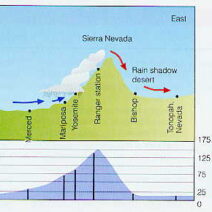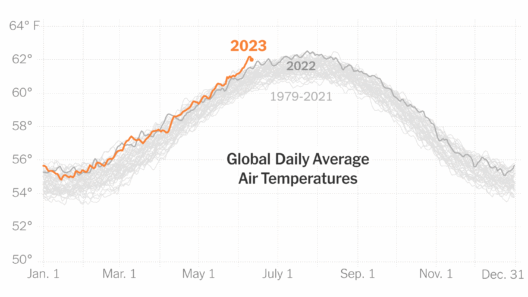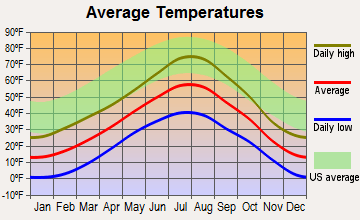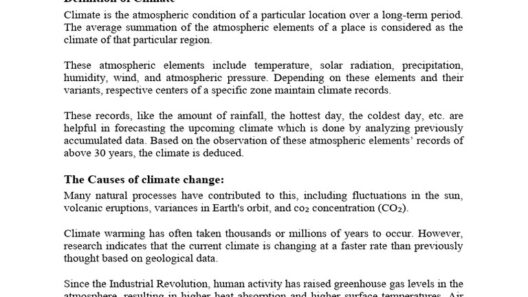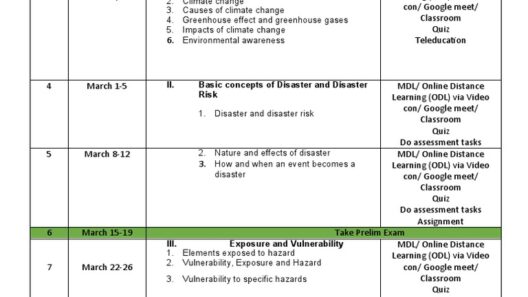In the grand tapestry of human history, the Agricultural Revolution stands as a pivotal chapter—one that neatly interweaves the fates of civilization and the environment. This momentous transition, where communities shifted from nomadic hunting and gathering to settled agricultural practices, has fostered a complex but profound relationship with the natural world. Curiously, as humanity flourished through the ages, so too did its impact on the climate. A question emerges: is climate change, the specter haunting our present, intricately tied to this historical revolution? The echoes of the past can often reverberate into the present, creating an ongoing dialogue between our actions and their consequences.
The Agricultural Revolution marked a seismic shift in how humans interacted with their environment. With the domestication of plants and animals, societies began to cultivate land, leading to an unprecedented increase in food production. This newfound abundance sparked population growth and urbanization, forming the bedrock of modern civilization. However, the cultivation of crops, particularly when intensified, has often come at great environmental cost. Can one admire a lush field of golden wheat without contemplating the soil erosion, habitat loss, and carbon emissions that accompany its yield? The harvesting of nature to feed the burgeoning populace is a double-edged sword.
A crucial element to consider is the concept of “anthropogenic climate change.” As agricultural practices evolved, certain techniques became prominent. Agriculture, particularly monoculture—where species are grown in large, uniform plots—has drastically altered landscapes. Such practices have led to a depletion of biodiversity, culminating in a world that is less resilient to climate fluctuation. When biodiversity diminishes, ecosystems struggle to maintain balance, often resulting in greater vulnerability to pests and diseases. Thus, rising temperatures and dwindling species create a precarious fulcrum upon which the future of farming balances.
One cannot overlook the role of fossil fuels in this equation. The machinery of agriculture, from tractors tilling fields to trucks transporting goods, relies heavily on energy derived from fossil fuels. The intersection of energy consumption and agricultural expansion reveals a notably troubling correlation. As agricultural productivity surged, so too did the reliance on fossil fuels, propelling greenhouse gas emissions higher. The relentless pursuit of higher yields has often overshadowed sustainable practices, creating a cycle of carbon dependency that seeps into the very essence of our climate.
Inextricably linked to this narrative is the use of synthetic fertilizers and pesticides. These chemicals, designed to boost productivity, have inadvertently contributed to the alteration of atmospheric conditions. Nitrous oxide emissions, a byproduct of nitrogen fertilizers, are a potent greenhouse gas. The cascading effects of their use have resulted in not merely a shift in soil composition but also alterations in the climate itself. One must ponder: have we traded the quality of our air and the integrity of our ecosystems for fleeting agricultural gain?
It is essential to acknowledge the socio-economic implications woven into this historical fabric. The Agricultural Revolution did not merely foster an environment of abundance; it also initiated a hierarchy of power that often overlooks the plight of smallholder farmers. The burgeoning industrial agriculture model exacerbates inequalities and often marginalizes those who have tillered the land for generations. Climate change amplifies these disparities, placing the most vulnerable communities on its frontline—those least responsible for its onset become the most affected.
However, amidst the gravity of these issues, there lies a glimmer of hope. The rise of agri-ecological practices showcases the potential for sustainability rooted in the ideologies birth during the Agricultural Revolution. These methods, which embrace biodiversity and regenerative agriculture, seek harmony with nature rather than domination. Restoration of soil health, crop rotation, and organic practices can revitalize ecosystems while simultaneously enhancing food security. It is a synthesis of ancient wisdom and modern demands—a way to reclaim our relationship with food that nurtures both body and planet.
Moreover, the exploration of alternative practices, such as permaculture and agroforestry, ushers in an inspiring perspective that calls for a profound reimagining of agricultural systems. Such approaches advocate for cultivating food in symbiosis with nature, challenging the traditional paradigms that contributed to climate volatility. Transitioning toward these sustainable methods can ameliorate some of the burdens placed upon the environment while ensuring a stable food future. Here, the legacy of the Agricultural Revolution becomes not merely a historical examination but a lodestar guiding contemporary efforts.
Ultimately, the musings on climate change and the Agricultural Revolution serve as a reminder that history is a living narrative, continuously unfolding. The choices made today will undoubtedly shape the tale of tomorrow. A balanced fusion of innovation and sustainability can render the Agricultural Revolution not a bygone chapter of destruction, but a foundation for resilient systems that thrive in harmony with our changing climate. With conscious choices, society can navigate its way from past to plate—transforming the very essence of agricultural practices into a more sustainable and equitable future.
As the ripples of our past continue to shape our agricultural landscape, it is imperative to heed the lessons learned and embrace change. The intersection of climate and agriculture offers a poignant reflection on humanity’s responsibility to the earth and its inhabitants. In nurturing this relationship, we have the power to cultivate not only food but also a sense of stewardship and hope for generations to come.

